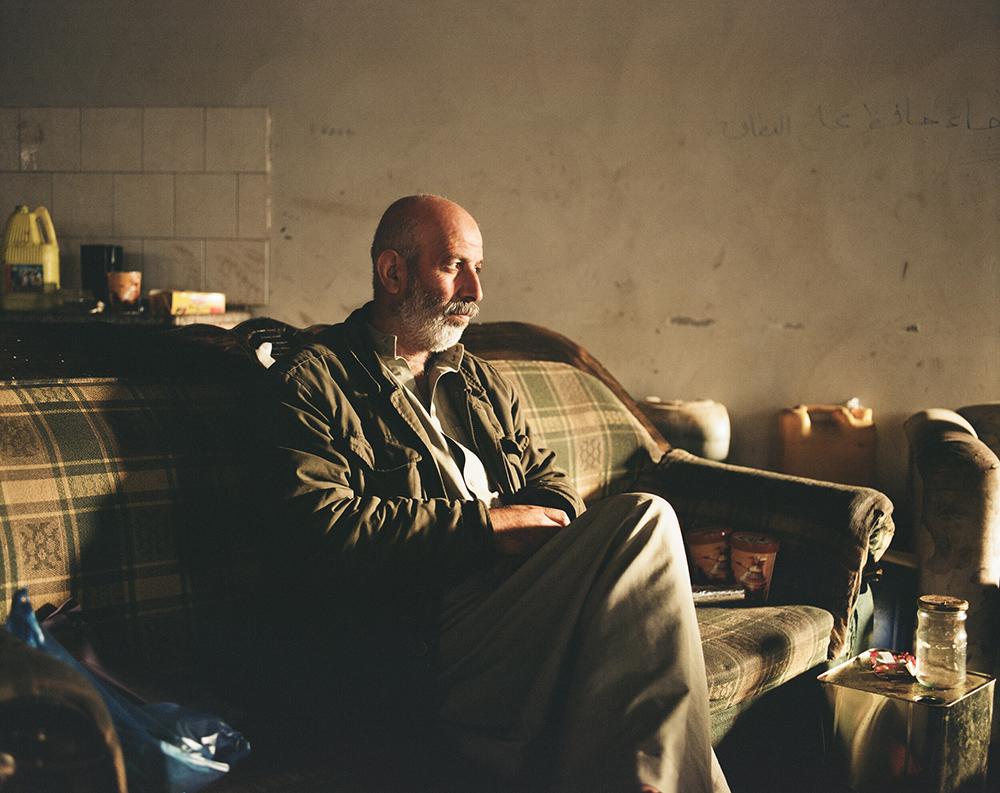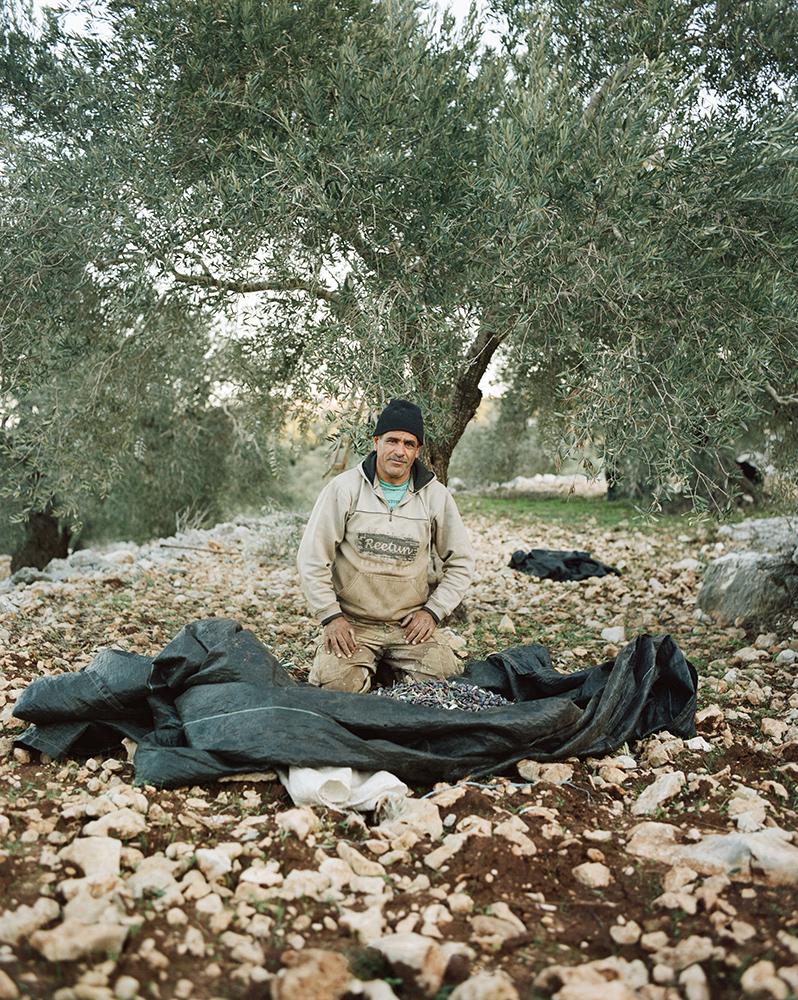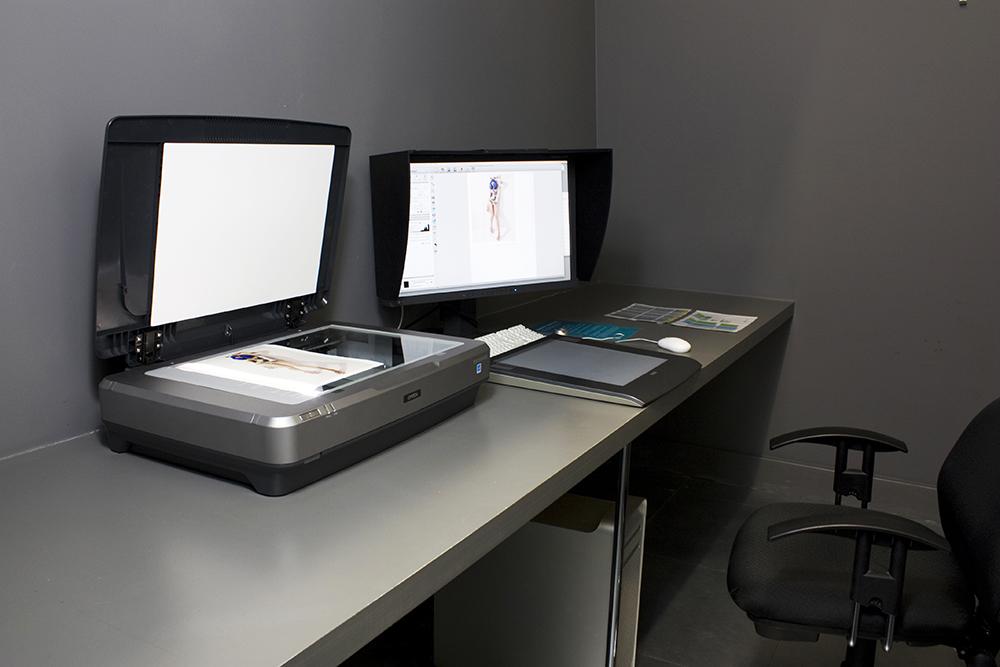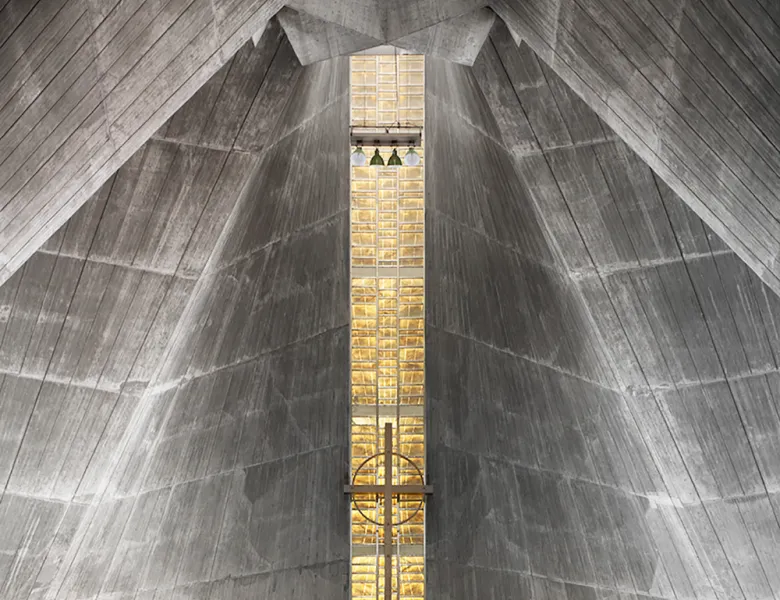The Art of Scanning, theprintspace

Here at theprintspace we have two different types of scanners available to you - a negative scanner for those of you who shoot film, and a flatbed scanner for those of you who need to restore original prints or like to experiment with your photography. Today we’re talking scanning, and we chatted to our in-house scanning expert David to find out more:
Flatbed scanning
With flatbed scanning, it is much cheaper than photographing your work. This is mostly for illustrators/graphic designers, but if you’re in possession of some old prints you’d like to spruce up or restore completely and you don’t have the original negatives, then scanning is the best method. With our scanning booth, you get the whole package; you can scan your work and use our editing software which is included.
It’s quite simple and easy to scan your work, but the most important thing would be to make sure the work is flat, especially if it has layers or the print is damaged and has folded or bent, for example. A scanner is only able to focus on one plane, meaning if you have many different layers then the scanner will focus on only one. The great thing about our software is that you can choose which plane you want to focus on; so, if you’re working with collage, then you can select each “plane” (in other words, each layer) and scan each separate layer at a time, and then use our editing software to composite each layer together, to form a digital image which is in full focus, everywhere.
Finally, it’s also important to experiment with different sharpening options and to compare each option against the original to get the best result.
Here at theprintspace we have an A3+ scanner, meaning that you can scan up to 43cm x 30cm. Check out our page now to find out more about pricing and how to book the flatbed scanner!

Negative scanning
For film photographers out there, we have a great virtual drum scanner that’s very simple to use. Drum scanners are the better scanners to use compared to a normal flatbed scanner. A true analogue drum scanner is extremely time-consuming, expensive and difficult to use; however, we have a virtual drum scanner to suit the DIY approach, with it being highly cost-effective, and very fast! Even better, the quality is just as high as an analogue scanner.

The advantage of coming in to theprintspace to scan your film is that, just like the above flatbed scanner and our previously mentioned retouching booths, a full package is provided, including the best editing software for you to use. Our staff are always on hand to provide quick advice for getting you started if you have never scanned before.
To find out more technical information about our Hassleblad negative scanner and how to book, go here.
That’s it from us today!







